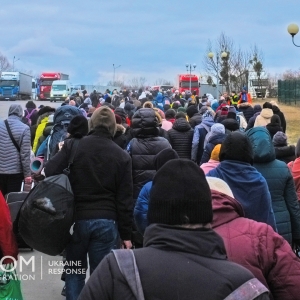Estimating national population through satellite data and micro-census clusters in the Democratic Republic of the Congo
Summary
This paper aims to estimate the current population disaggregated by sex and age in the Democratic Republic of the Congo (DRC), where the last census was implemented in 1984. As this census data was outdated, the authors used a “bottom-up” population modeling approach that combined more recent household survey data and probabilistic sampling with satellite imagery of building footprints.
Results
By using data from recent household surveys which fully counted representative samples of small and well-defined areas called microcensus clusters in combination with satellite data of building footprints, the model was able to reliably estimate population totals in unsurveyed areas. Therefore, the results confirm the benefits of combining household surveys and building footprints for high-resolution population estimation in countries with outdated censuses, which can help decision-making processes for planning and humanitarian interventions.
National population and housing censuses are the most renamed source for having reliable data regarding populations. However, in countries where this data may be incomplete due to inaccessible regions or because of limitations to updating censuses constantly, combining microcensus data with satellite data is a potential solution in the short term that can be replicated among different countries.
(Figure © Boo, G. et al. (2021)).



